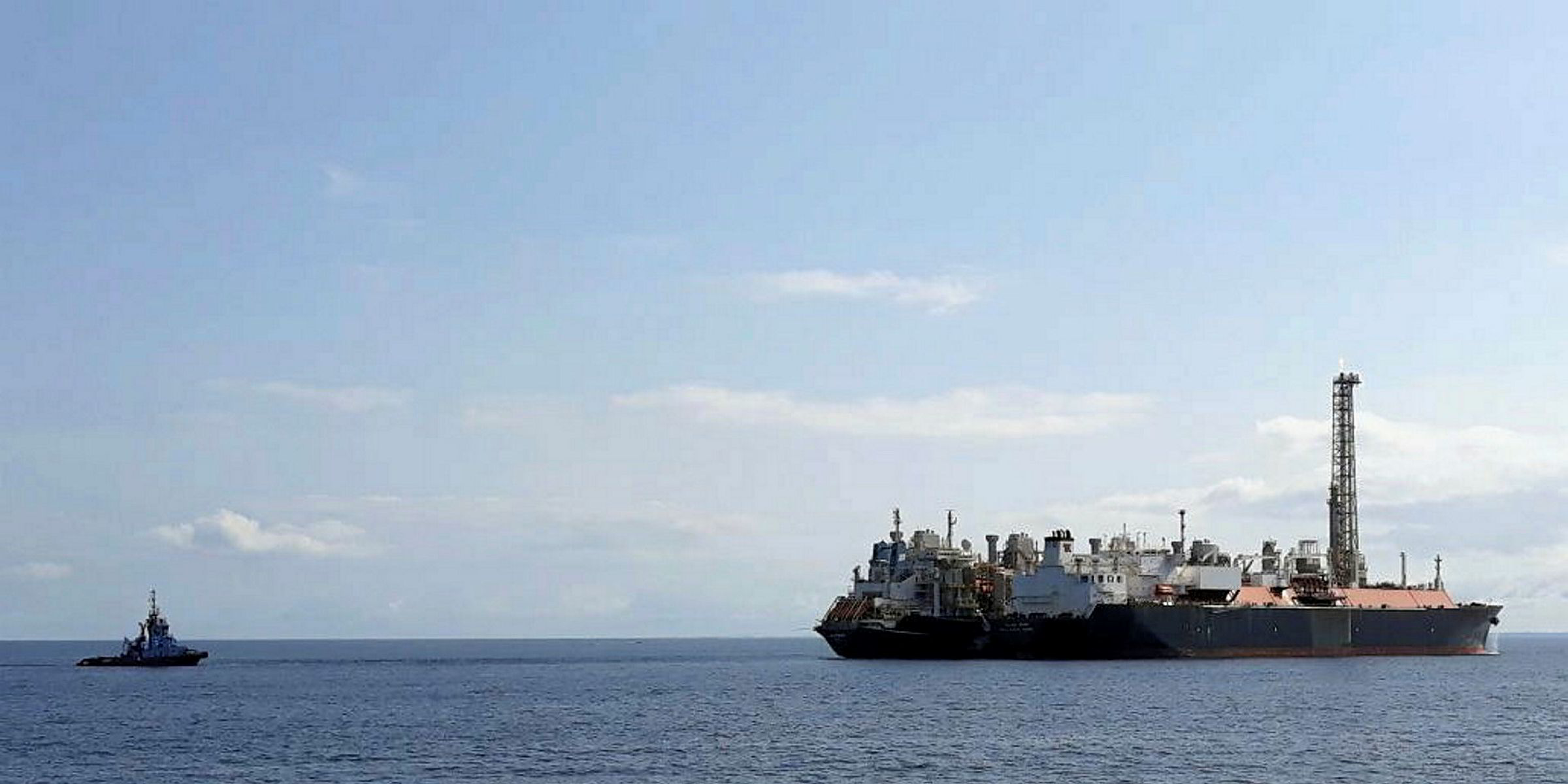Golar LNG’s newly producing Cameroon floating LNG production unit is scheduled to ship its third cargo, shortly after receiving commercial acceptance from its charterers.
Dynagas' 155,000-cbm Yenisei River (built 2013), which is on charter to offtaker Gazprom Marketing & Trading (GM&T), is scheduled to be the next LNG carrier to call at the 1.2 million tonnes per annum capacity Hilli Episeyo off Kribi.
A second cargo from the floater left for China at the beginning of this week onboard the 146,000-cbm Golar Maria (built 2006).
On Monday, Golar said it had received its long-awaited commercial acceptance from Hilli Episeyo’s charterers Perenco and Societe Nationale des Hydrocarbures, after producing a set quantity of LNG over 16 days from two trains at an average of 7,500-cbm per day.
Golar is now awaiting a similar acceptance under a separate agreement with Perenco and GM&T.
Speaking on a first-quarter call, Golar chief executive Iain Ross admitted the company had been late in achieving commercial readiness of its first LNG carrier-to-FLNG unit.
He blamed “a frustratingly large number of small commissioning-related issues” but he said production on the unit has now stabilised, adding that the floater is consistently producing at or above nominated or contractual rates.
Ross said Golar would start a dialogue on Hilli Episeyo’s trains three and four once it achieved this initial acceptance.
The CEO said financing on Golar’s second project, Fortuna FLNG in Equatorial Guinea, remains “elusive”. Golar announced last week that it was dissolving its partnership with oil services giant Schlumberger on the back of Fortuna project headaches sending its share price tumbling.
When questioned about the end of the formal partnership Ross said: “It is more about us taking control of our destiny.”
Golar does not want to lose its “first mover” advantage on FLNG, Ross said, and would be concentrating on tolling FLNG projects going forward, such as BP’s Tortue FLNG development.
He said the company’s laid up LNG carrier, the 126,277-cbm Gimi (built 1976), is the next candidate likely to be converted into an FLNG unit. It is earmarked for the Tortue project in Senegal and Mauritania.
Golar’s 126,000-cbm LNG carrier Gandria (built 1977) is in Keppel Shipyard, Singapore, undergoing early works that will allow Golar to create “a generic” FLNG unit with which to accelerate any project that moves ahead, Ross said.






